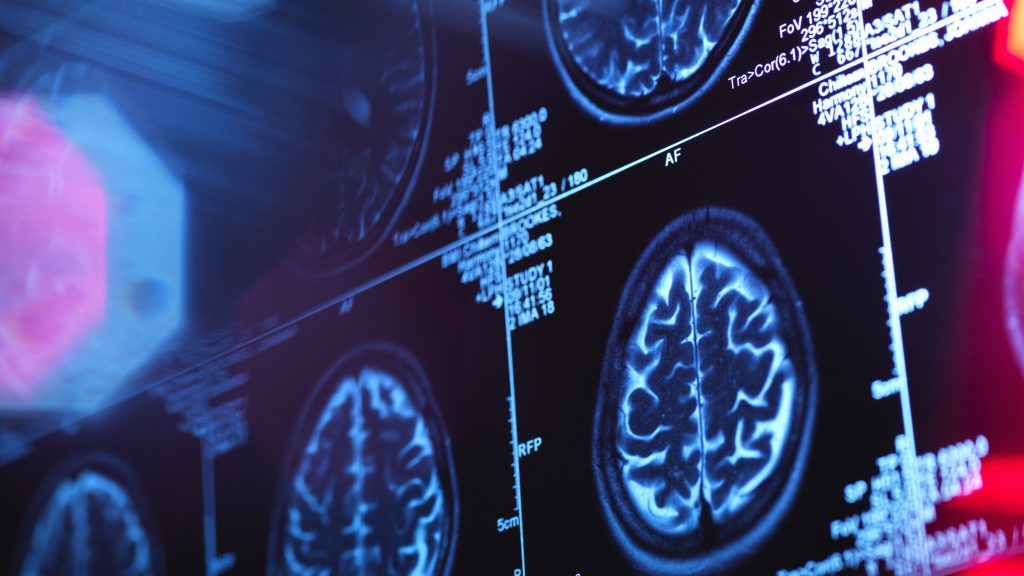Dementia within Indigenous population to increase 273% by 2050

Posted September 10, 2024 10:19 pm.
Last Updated September 11, 2024 12:15 pm.
With September being World Alzheimer’s month, many Montrealers and Canadians know someone who struggles with the disease, the Alzheimer’s Society of Canada estimates that the number of people living with dementia is expected to increase to 187 per cent by 2050.
Among Indigenous populations across Canada, their numbers suggest an increase of 273 per cent.
The report, which was published earlier this year, says the percentage of Canadians represents the general population while the 273 per cent is only among 10,800 people of Indigenous ancestry living with dementia. This percentage increase is still significantly higher with some calling for more education on risk factors and ways to help elders’ quality of life.
“We really, really have to empower people with as much education, not only about the disease, but once again, to understand the resources that are available in the community,” says Certified Dementia Care Consultant (PAC) Claire Webster.

Webster is an educator in the field of caring for an individual with dementia and works in collaboration with McGill University’s Faculty of Medicine and Health Sciences and the Division of Geriatric Medicine. Since July of 2023, the McGill University Dementia Education Program has been working with the Cree Board of Health and Social Services to provide dementia education training.
“This illness, there is no cure and so the only way to really navigate the journey is by understanding and be as knowledgeable about the disease as possible,” Webster said.
Webster recently visited the northern Quebec Cree Nations of Chisasibi and Wemindji to educate the communities about the risk factors. She said she was able to provide nearly 200 booklets to help bring more awareness.
Sounding the alarms
“It was very, very important for them to understand the illness,” she said. “It was the first time that they were ever being provided with an opportunity to understand, why is my elder behaving the way they are?”
“These smaller, close-knit communities where multi-generational families are living together, it is important for that, so that they understand what is going on.”
According to the report, there is a continued lack of information on dementia, linking diabetes, cardiovascular disease, childhood trauma, and physical inactivity as risk factors.

“In 2050, dare I say that I’m going to be one of those elders that might be affected.”
Robert Bonspiel, of the Kanien’kehá:ka (Mohawk) territory of Kanesatake, and President of the First Nations Paramedics (FNP) Services, says dementia is fairly common in the community and is not something discussed as much as it should be.
“It doesn’t surprise me, but it does worry me,” he said.

“I think it’s only going to exasperate the situations unless there is a cohesive approach to education within the communities to understand what people should be looking for,” he said. “Until that happens, I think that we’re really on a slippery slope here.”
Bonspiel says there was always a community understanding of elders changing behavior when he was younger. He says there wasn’t a term at the time, but it was common to see elders slowly forgetting familiar tasks.
Now, as a first responder, he says it has become increasingly common to receive calls from elders in distress with Alzheimer’s/dementia. He says it can be challenging with their community being very tight-knit.
“These individuals are going to eventually need assistance that the family can’t give them,” he said. “[And] if there’s early recognition of an issue, the faster that person can get assistance.”
Webster voiced her encouragement for those to seek medical assessment adding that with the rising numbers within Indigenous and Canadian populations, it is vital to begin a life plan.
“There are so many leisure and recreation activities that you can continue doing to stay stimulated,” she said.
“It doesn’t mean that because you have a diagnosis of dementia, you know, life is over, there are all kinds of things that you can do to really try to live your best life.”








